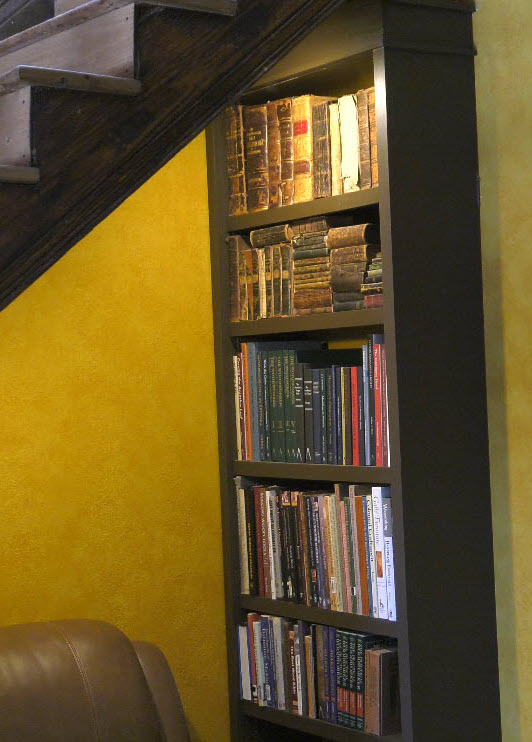

(If you build with preplaned, 3/4-in.boards that have one straight edge,you can get by without a jointer.) A crosscut sled for your tablesaw isn’t required but it sure makes life easier. You’ll need the three basic machines for processing solid wood to make this bookcase from rough lumber: a tablesaw, a jointer and a planer. thick shelves bend under a lot of weight, so they wouldn’t be suitable for a set of encyclopedias. I built a prototype bookcase this way and it worked just fine.To tell the truth, I preferred its slim look to one made of thicker wood.However, I found that 5/8-in. Pick straight ones,glue them together and plane them to 5/8 in. for a total cost of $130.Īs an alternative you can use 3/4-in.-thick boards from a home center. ft.), a light color (the case looks less massive) and stiff enough to support heavy books. I used No.1 Common birch because it’s inexpensive (about $1.75 per bd. 1 Common.You’ll find many good boards that are too short or narrow to make the best grade but are perfect for this bookcase. Rather than splurge on the best quality lumber simply to make shelves, you can save money on this project by using a lower grade of hardwood, No. But biscuits alone aren’t enough to make a stiff case, so I’ve added backboards that lock the whole bookcase into a rigid unit. It’s a snap to put together wide boards at right angles with a plate joiner. Two-Part Bookcase Here’s a big bookcase that you can build in a small shop.īuilding a tall bookcase can stretch the limits of a small shop.We all know that big boards can be a bear to handle and glue up, so I’ve taken an old Scandinavian design and sliced it up into bite-size pieces.My solution is to break the bookcase into two interlocking sections that require only short and narrow stuff.Not to mention, that’s the only way I could get it out of my shop and up the basement stairs!īiscuits join the shelves and sides.


 0 kommentar(er)
0 kommentar(er)
